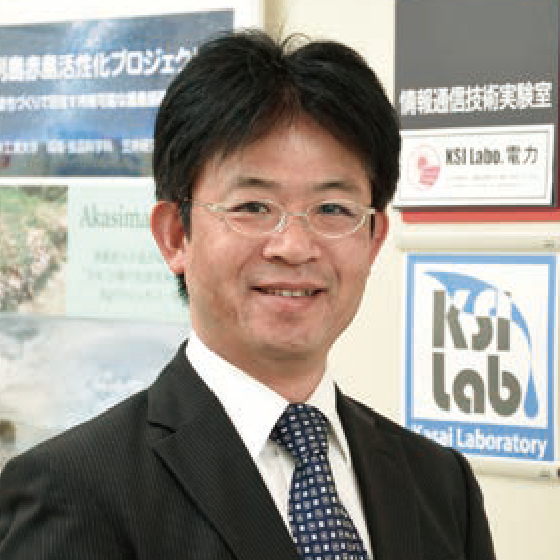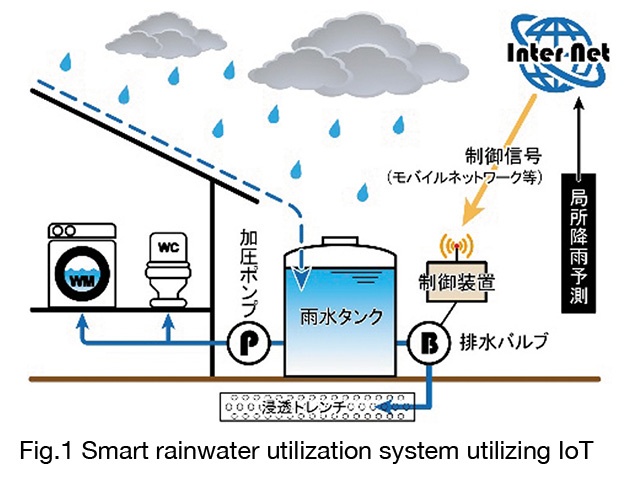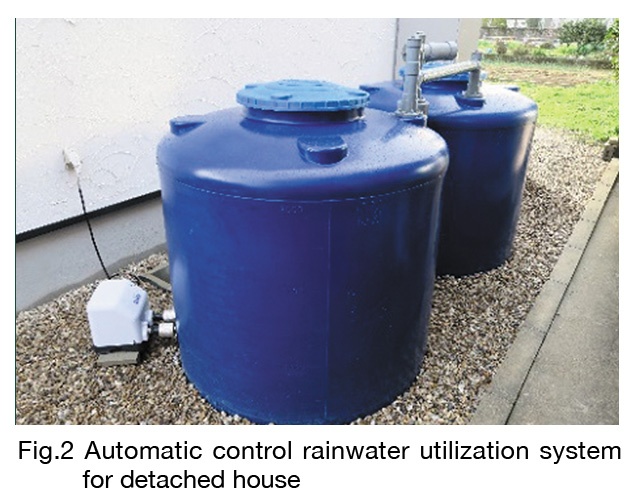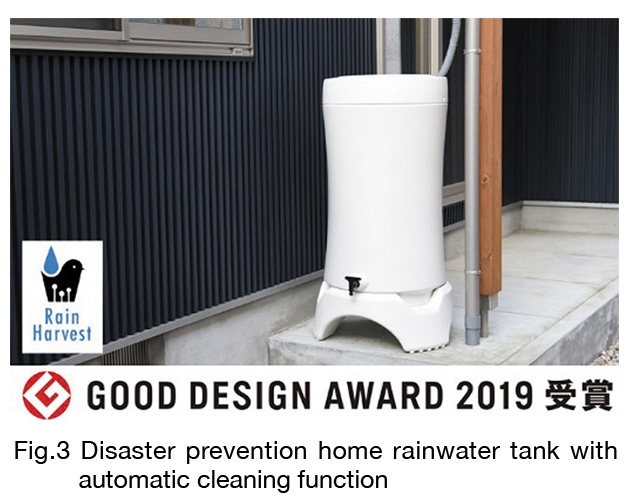- Home
- Faculty Members
- Department of Applied Chemistry and Food Science
- Toshihiro Kasai
Faculty of Environmental and Information Sciences
Department of Applied Chemistry and Food Science
- Key words
- Rainwater harvesting, SDGs, Rain stock, Disaster reduction, Flood mitigation

Doctor of Engineering / Professor
Toshihiro Kasai
Education
Department of Resource Engineering, Facluty of Engineering, Yamaguchi University, Yamaguchi University Graduate School of Engineering, Master’s Program, Yamaguchi University Graduate School of Engineering, Material Engineering (Doctoral Program)
Professional Background
Research Associate, Assistant Professor, Nippon Bunri University,
Public relations chairperson, Director, Japan Rainwater Resource Systems Association
Consultations, Lectures, and Collaborative Research Themes
Design and development of rainwater utilization system
Main research themes and their characteristics
「Development of rainwater harvesting system」
While heavy rainfall damage frequently occurs due to climate change due to global warming, drought damage is also a concern in the future. This tendency is increasing due to recent rainfall characteristics, and the frequency of heavy rainfall of 50 mm/h or more is increasing. In the previous constructions, it was basically necessary to drain the rainwater that fell on the site immediately to the sewers. However, heavy rainfall causes inland flooding in urban areas. As one of the methods to solve the problems of flood and drought, which are expected to become more serious in the future, the rainwater that has fallen on the roofs of buildings is stored and used as domestic water, and then stored in rainwater tanks to flow into sewage. There is rainwater utilization that reduces the amount and leads to the mitigation of inland water flooding. From the viewpoint of using rainwater as a water resource, it is better to store rainwater in a rainwater tank near full water. However, from the viewpoint of flood control, it is better to be close to the sky. Considering the use of rainwater as a measure against both floods and droughts, the effects of the installed rainwater tank cannot be maximized unless these conflicting problems are solved together.
◎Distributed rainwater utilization system utilizing IoT
Rainwater utilization systems are required to have conflicting operating conditions in terms of water use and flood control. However, due to advances in short-time precipitation prediction technology such as the X-band MP radar (XRAIN), the amount of rainfall collected can be predicted if it is known beforehand how much rainfall will be present at the location where the rainwater utilization system is installed. . Depending on the amount, if the stored water in the rainwater tank is drained to an appropriate level before the rain event, it will be possible to reduce the peak flow rate due to sudden rainfall and maintain the stored water volume (full water) after rainfall. The effect of the rainwater utilization system, which was installed at high cost, can be maximized. In addition, if IoT technology, which has begun to be provided with various inexpensive devices and services in recent years, is introduced into a rainwater utilization system in the city, and is centrally managed and operated like a "rainwater utilization system cloud", it is combined with river water level information, etc. Therefore, it can be expected to be useful for preventing inland water flooding (Figs. 1 and 2).
◎Disaster prevention home rainwater tank with automatic cleaning function
In recent years, there has been an increasing interest in using rainwater in ordinary households from the viewpoint of securing water for daily use in the event of an earthquake or other disaster. The existing domestic rainwater tank requires periodic cleaning of the tank to keep the water quality constant. Therefore, existing domestic rainwater tanks may not be able to use rainwater due to water quality deterioration in the event of a sudden disaster. To solve this problem, we have developed a new type of domestic rainwater tank that self-cleans by controlling the water flow without using electricity (Fig. 3).



Major academic publications
Toshihiro Kasai, Sho Kondo, Rikuu Nomura and Kana Omodera
Rainwater Usage in Akashima, Japan: Completely Dependent on Rainwater for Domestic Water Supply
Journal of Rainwater Catchment Systems,Vol.26,No.1,pp.41-46,2020
Toshihiro Kasai and Fumiyo Araki
Implementation and Evaluation of an Environmental Education Program Based on Life Cycle Thinking at an Elementary School: A Follow-up Study of Middle School Students’ Critical Thinking Ability and Career Decision Skills,Journal of Life Cycle Assessment Japan,Vol.12,No.4,pp.273-284,2016
Kazuya Onisi, Takatsugu Ozaki and Toshihiro Kasai etc.
Architectural Institute of Japan environmental standards: Guideline for rainwater harvesting architecture (AIJES-W0002-2019), Architectural Institute of Japan,77p.,2019
